DIGITAL DOME
The reimagined Kaleideum presents our brand-new Digital Dome Planetarium!
Imagine a world where you can travel through the cosmos, dive deep into meteorological phenomena, and embark on an immersive journey into the fascinating world of Science and Astronomy – all from the comfort of a cutting-edge, full-dome theater.
The Kaleideum laser light system is now larger and brighter than ever with an ever expanding library of music. Our Musical Laser Shows will light up your world. MUSICAL LASER SHOWS
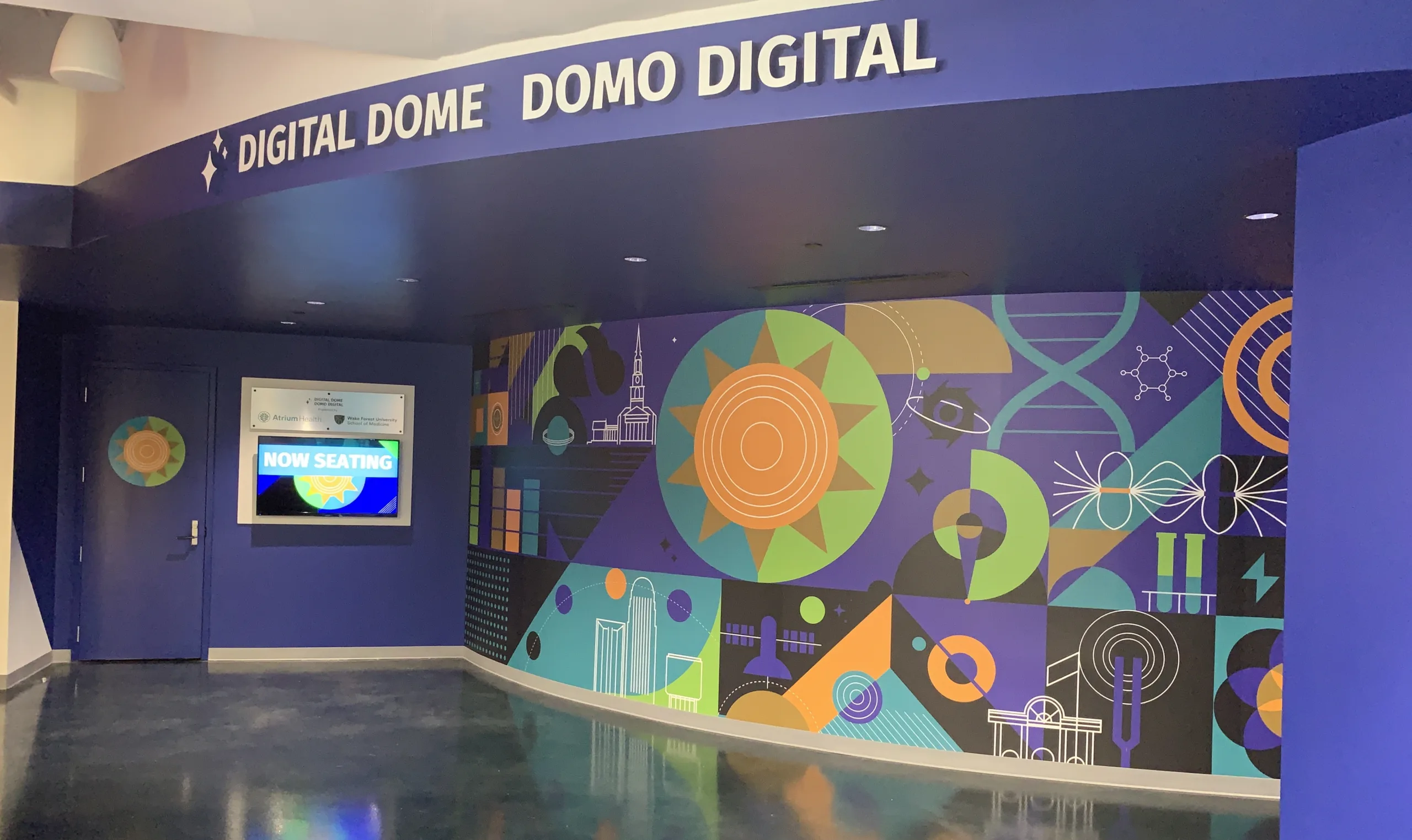
THIS WEEK
(April 23 to April 28)
Weekday Show Schedule
Noon – Zula Patrol Under the Weather ($)
1 pm – Wacky Weather Musical Laser Show ($)
2 pm – Live Star Tour (Free ticket required)
3 pm – Microcosm ($)
Note: Schedule may vary due to School Group programs.
$3 members / $5 non-members, tickets available at the Welcome Desk.
At this time, we are not offering Digital Dome tickets without museum admission. If there is sufficient interest in attending only Digital Dome programs without access to the museum as a whole, we will reconsider this policy.
Please contact us at: info@kaleideum.org
Weekend Show Schedule
11 am – Zula Patrol Under the Weather ($)
Noon – Solar System Tour ($)
1 pm – Featured Laser Artist: Led Zeppelin ($)*
2 pm – Live Star Tour (Free ticket required)
3 pm – Microcosm ($)
4 pm – Featured Laser Artist: Led Zeppelin ($)*
$3 members / $5 non-members, tickets available at the Welcome Desk.
*Parental discretion is advised.
NEXT WEEK
(April 30 to May 5)
Weekday Show Schedule
Noon – Hazelnuts ($)
1 pm – Movie Madness Musical Laser Show ($)
2 pm – Live Star Tour (Free ticket required)
3 pm – Oasis in Space ($)
Note: Schedule may vary due to School Group programs.
$3 members / $5 non-members, tickets available at the Welcome Desk.
At this time, we are not offering Digital Dome tickets without museum admission. If there is sufficient interest in attending only Digital Dome programs without access to the museum as a whole, we will reconsider this policy.
Please contact us at: info@kaleideum.org
Weekend Show Schedule
11 am – Hazelnuts ($)
Noon – Solar System Tour ($)
1 pm – Featured Laser Artist: Beyonce ($)*
2 pm – Live Star Tour (Free ticket required)
3 pm – Oasis in Space ($)
4 pm – Featured Laser Artist: Beyonce ($)*
$3 members / $5 non-members, tickets available at the Welcome Desk.
*Parental discretion is advised.
OUR PROGRAMS
The Digital Dome offers a wide variety of programs throughout the day and week!
Free Star Tours
Explore the night sky as we visit the stars and constellations – From the animals in the sky, through the constellations of the Zodiac, to the sky tonight.
(Program varies from day to day).
Tours of the Planets
Take a tour through our Solar System and visit the planets. And yes, we might even stop off at a few dwarf planets and moons.
(Program might vary from week to week).
Laser Programs
Tour the cosmos with Kaleideum’s laser based animation programs.
Full Dome Video Programs
Immerse yourself in the vastness of the cosmos with full dome video programs in Kaleideum’s expansive 40 foot digital dome.
(Program varies from week to week).
Musical Laser Shows
Rock out to our Musical Laser Shows with a different featured artist every weekend.
Young Astronomer Programs
Full dome digital programs just for the younger astronomers. Yes, those of you who are “young at heart” can also attend.
(Program varies from week to week).
SHOW CATALOGUE
Check out our available shows!
Free Star Tour
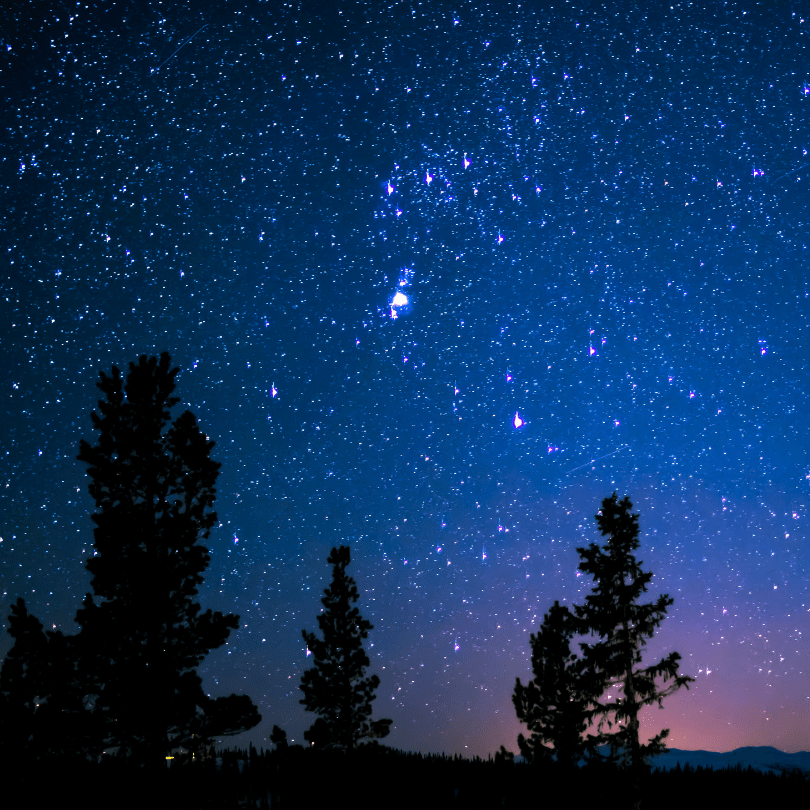
Starry Safari
This live, interactive program, will take the younger astronomers on a tour of the animals we find in the night sky. We’ll find lions, bears, dragons, dogs, bulls, and many more.
Tour of the Planets

Earth, Moon & Sun Exploration
Explore our cosmic neighborhood with this dynamic and captivating full dome digital program. Embark on a celestial journey as we take a fascinating voyage of discovery through our Solar System and learn more about the Sun, Earth, planets, and moons within the vast canvas of our solar system.
Full Dome Video
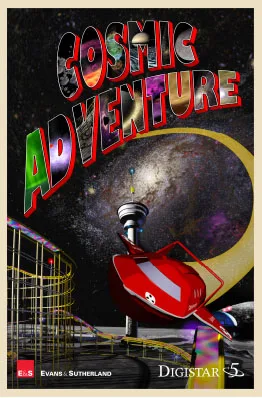
Cosmic Adventure
Take a roller coaster ride from the Moon through the Solar System, our galaxy, and the universe. This unforgettable high-speed adventure will immerse you in some of the most amazing aspects of the Universe. Narrated by Nancy Cartwright of TV’s The Simpsons.
Full Dome Video
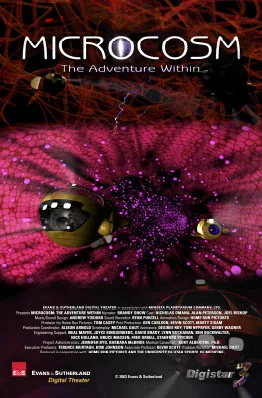
Microcosm
It is the year 2053. At the Center for Miniaturized Medicine, you’ll shrink down to the size of a microbe and then be injected into a patient who is suffering from a mysterious viral infection. As you discover clues along the way, you’ll race against time to save the patient on this roller-coaster ride through the human body.
Free Star Tour

Zodiac Sky Tour
This live, interactive program, will take you on a tour of the zodiac constellations (or what astronomers call the constellations of the ecliptic).
Do you know your sign? Well, join us and find out what it really looks like in the night sky.
Tour of the Planets
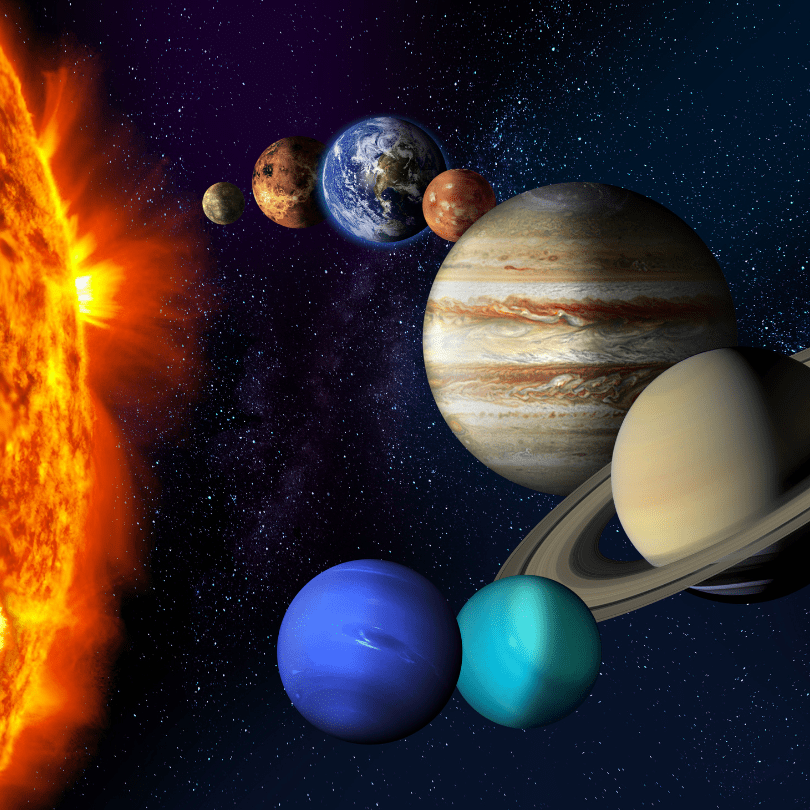
The Planets
After a quick look at the stars and constellations in the night sky, we’ll take a short tour of our Solar System and visit the Planets. All eight of them. Don’t worry we’ll stop at Pluto as well.
Full Dome Video
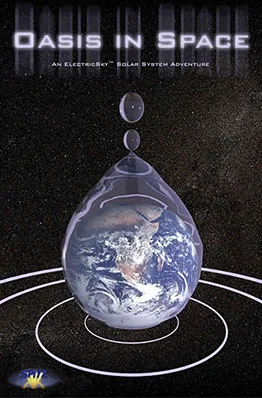
Oasis in Space
Embark on a engaging full dome voyage through our Solar System, galaxy, and the universe in search of water – the key ingredient for life on Earth. Oasis in Space offers a new perspective on the substance that sustains life on our planet.
Full Dome Video
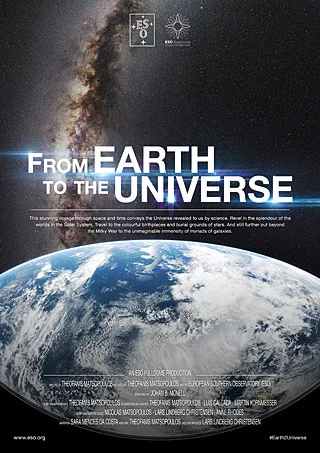
From Earth to The Universe
Take a trip through the cosmos starting with the Earth and reaching out to the far flung expanses of the universe.
Young Astronomers Program
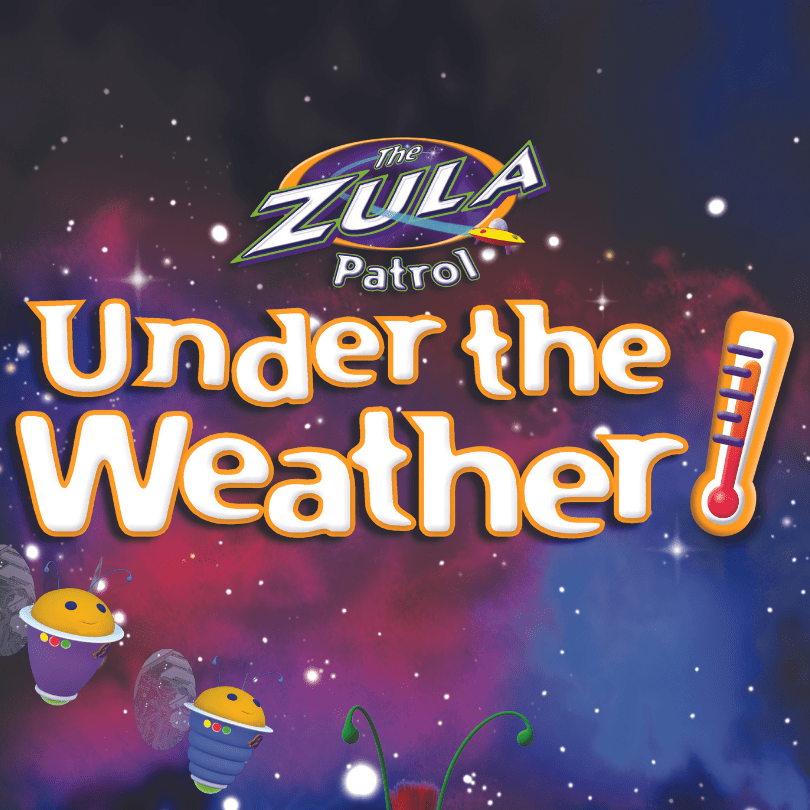
Zula Patrol Under The Weather
When weather is stolen from the planets in our solar system, the Zula Patrol comes to the rescue!
Learn about weather processes on Jupiter, Venus, Mars, and the Earth with the lovable gang of aliens called the Zula Patrol. Find out how different (and how similar) weather is on various planets and how it compares with weather on the Earth.
Free Star Tour

The Night Sky
This live, interactive program, will take you on a tour of the stars and constellations visible in the night sky this time of year. Find out what’s up there tonight. We might even spot a planet or two.
Tour of the Planets

Solar System Tour
Take the grand tour of our Solar System! From the Sun and planets to moons, dwarf planets, and more. Our planetarium educator will take you on an exciting four billion mile trip from our star out to the far reaches of the Solar System.
Full Dome Video
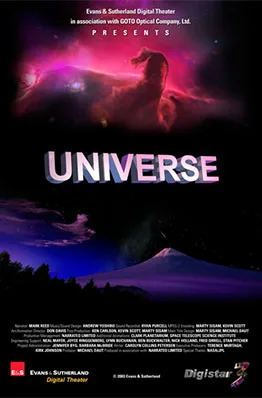
Universe
Embark on a fascinating journey through history as we explore humanity’s evolving understanding of the universe. Discover ancient astronomical sites and remarkable structures while taking a breathtaking glimpse into the cosmos.
Full Dome Video
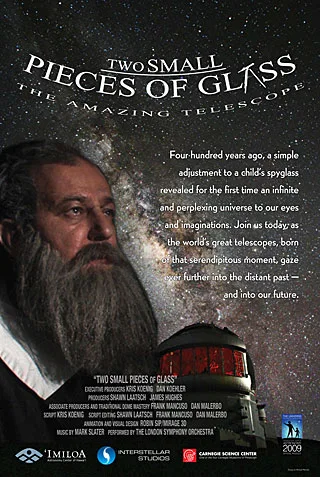
Two Small Pieces of Glass
The story of the telescope.
Young Astronomers Program

Hazelnuts
Nino and Lilli are two squirrels searching for super hazelnuts. In doing so, they discover the planets of our solar system and beyond. In the end, they find the perfect planet, one which produces the perfect hazelnuts.
Laser Program
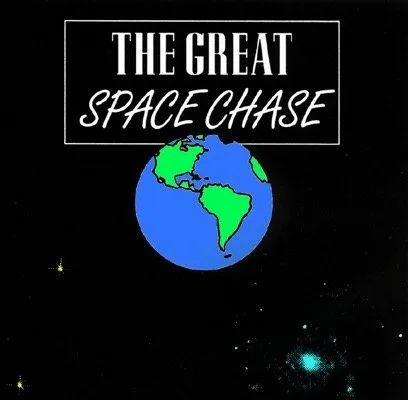
The Great Space Chase
“It’s an Intergalactic, Virtual-Reality Accelerator Suit. And it’s been stolen!”
Join Lt. Photeus as he tracks the sinister Captain Xenon through our Solar System. The Great Space Chase is a detective mystery that uses laser animations to teach audiences about our Solar System and the universe.
Laser Program
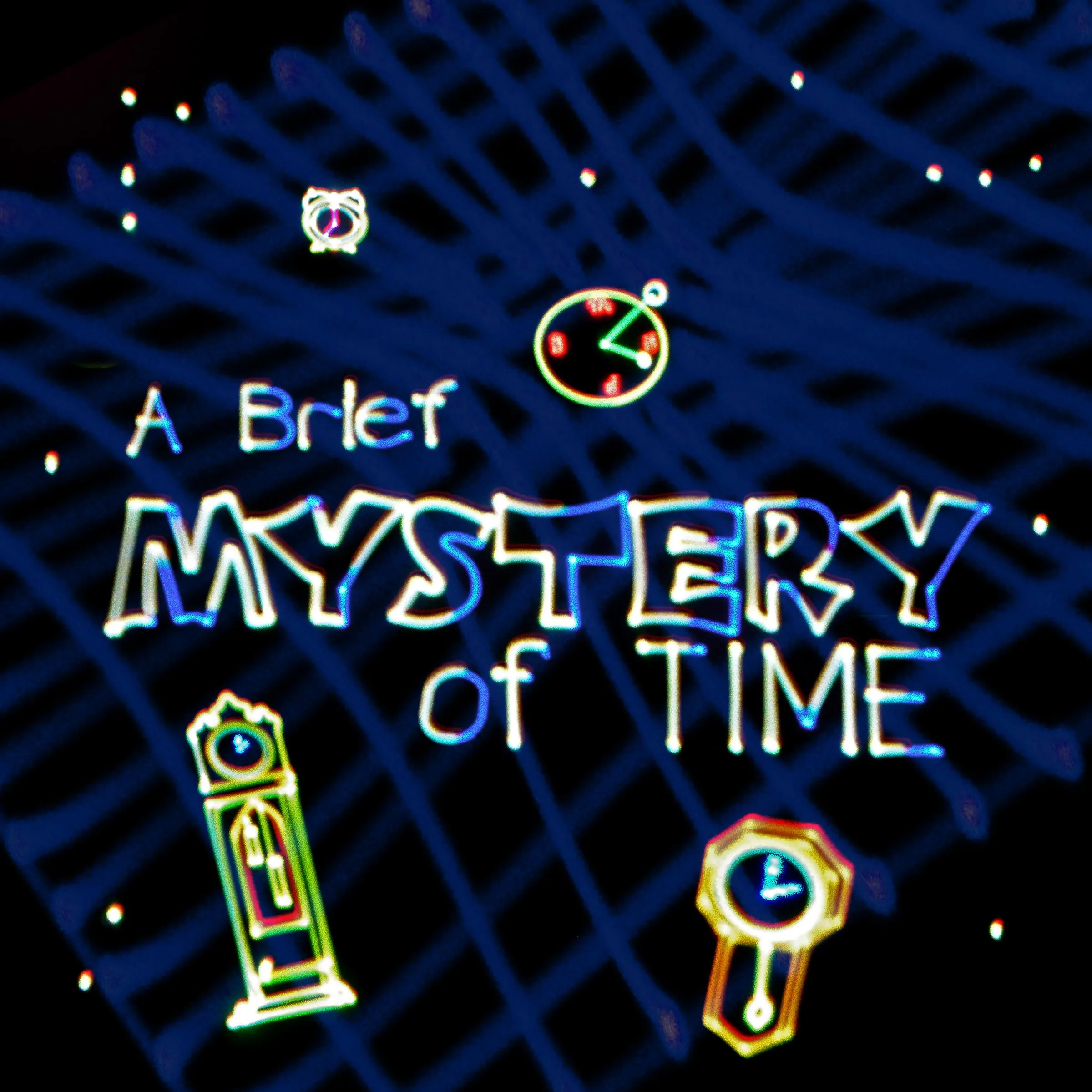
A Brief Mystery of Time
A humorous program using laser animations about the science, history, and cultural perceptions of time. Astronomical topics include black holes, worm holes, the speed of light, and the possibilities of time travel.
Musical Laser Show
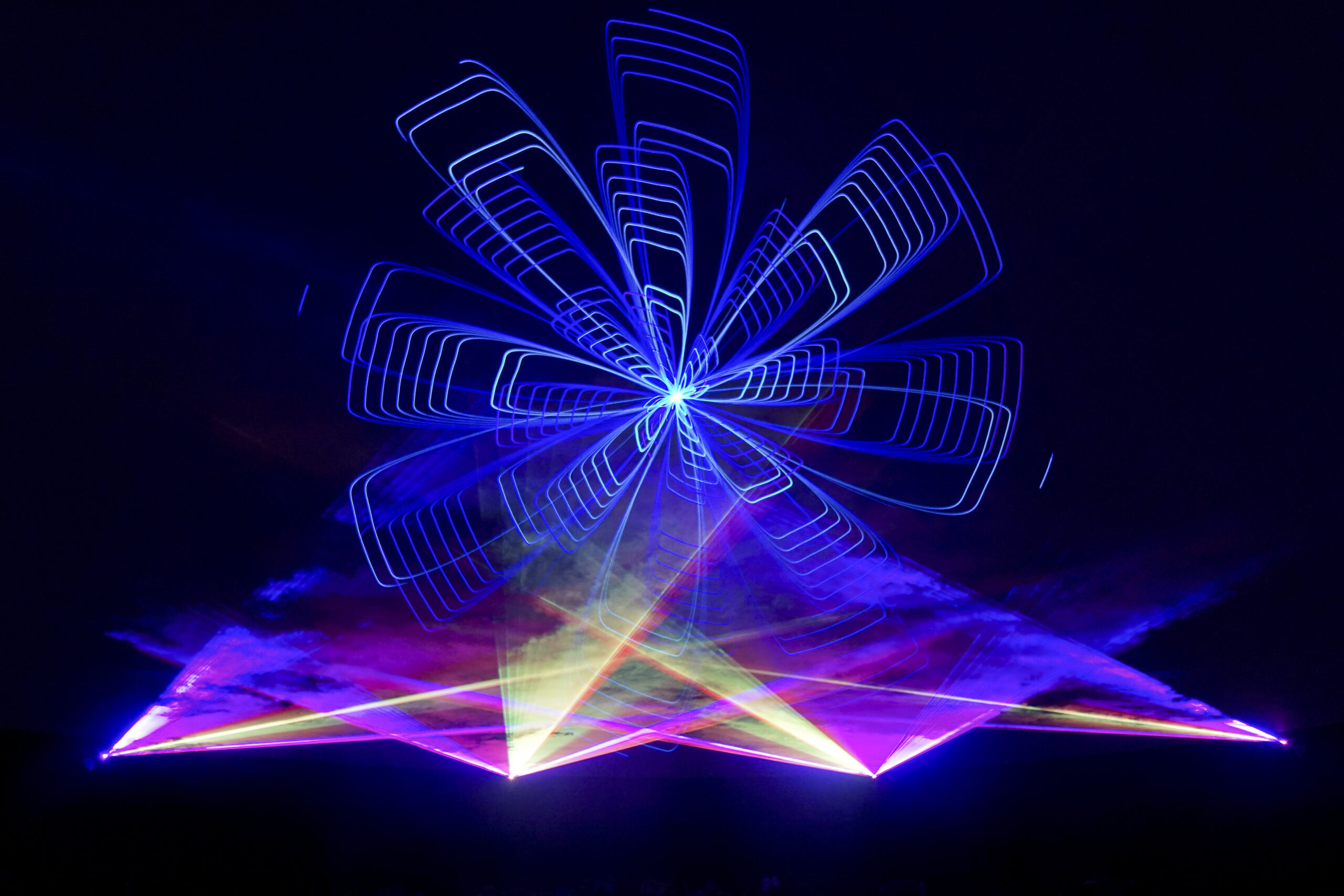
“Traditional” Musical Laser Shows
See our more traditional musical laser shows, including old favorites such as Space & Beyond.
Shown weekdays at 1 pm.
Musical Laser Show

Featured Artists
Our Featured artists span musical generations from the 60s all the way up to today. Yes, we have The Beatles, Pink Floyd, Daft Punk, Taylor Swift, and many more. Kaleideum offers a different featured artist each weekend at 1 pm and 4 pm.
See our Laser Show page for more details.
Full Dome Video

Losing The Dark
We are losing the night sky. Join us for a short tour through the issues we face with light pollution. Then see a few stars and constellation visible this time of year. End with a short tour through the planets of our Solar System.
The Losing the Dark planetarium show is the result of a collaboration between DarkSky and Loch Ness Productions.
